Description
Cycas revolta, the Japanese Sago Palm is a spectacular slow growing palm like plant which as it’s name suggests originates from Southern Japan and the Ryukyu Islands where many of the exciting hardy exotic plants we grow are found naturally.
For us, Cycas revoluta is becoming increasingly popular as a feature in exotic and jungly gardens. Whilst we would generally say that Cycas revoluta is not fully hardy, it may tolerate freezing down to minus 7 degrees but only if kept dry and with a positive temperature above freezing during the day. Ideally temperatures in summer would be above 25 degrees C for a good period to encourage growth. Cycads generally produce a whole seasons worth of leaves in one go and need good temperature for the foliage to develop fully.
I know of many gardens where Cycas revoluta have been growing happily for many years and am regularly surprised by accounts of strong healthy Cycads in unlikely gardens but feel it is important to point out that we still say Cycas revoluta can be a tricky plant. For those of us with less than ideal conditions, I would suggest growing in a container where your precious Cycad can be brought undercover and protected from the worst of the winter weather. So in summary, Cycads are probably best for mild coastal gardens or urban environments with warm microclimates. It is also very important to say that all parts of Cycas revoluta are poisonous if eaten so please take care.
Cycas revoluta can ultimately produce trunks 6 or more metres high and occasionally they can be branched or multi-headed. The deep green shiny leaves are feather-like in structure produced in multiple rosettes and can be up to 1.5 metres long on mature plants. As with most Cycads the Japanese Sago Palm prefers a sandy, free-draining soil that is enriched with organic compost positioned in full sun to partial shade. Another thing to consider is that they have complex roots known as coralloid which as the name suggests, produce roots with a coral-like structure close to or on the surface of the soil containing a symbiotic algae which in return for a sheltered spot live, provide the host Cycad with a beneficial supply of nitrogen.
For those of you determined to grow your Cycad in the ground, I have noticed that in its native Japan they are often planted in cooler more northerly locations where the winters can be harsh. In this instance they are wrapped carefully with sheaves of straw in a decorative manner encompassing the leaves which are tied upwards and the trunk to protect them from the freezing weather. So with this in mind, if you are prepared to protect your Cycad it may be a viable option for gardeners and enthusiasts here.
So much to say about Cycas revoluta but I guess I’d better stop before you fall asleep, just one more point…..Cycads appear in fossil records and it is likely that they were grazed upon by dinosaurs millions of years ago so please consider carefully how you will care for your Cycad and don’t be too impatient for it to spring into growth each year, it will but in its own time and in no rush.
- Eventual Height:Up to 2m.
- Eventual Spread:Up to 1m.
- Position:Full sun to partial shade, out of strong winds/sheltered.
- Foliage:Evergreen, Arching pinnate leaves.
- Habit:Slow-growing, palm-like evergreen perennial.
- Soil:Moist but well-drained.
- Synonym:Cycas miquelii, Cycas sexseminifera
- Common Names:Japanese sago palm, cycad
- Hardiness:Tolerant of low temperatures


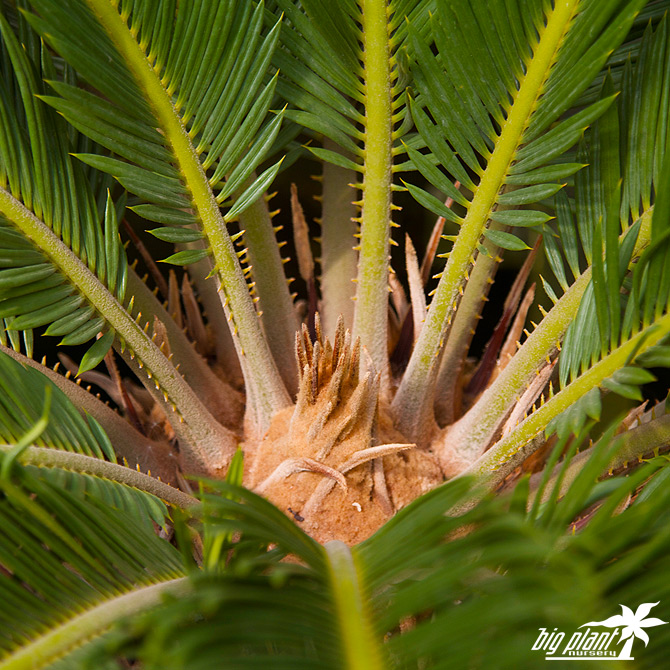
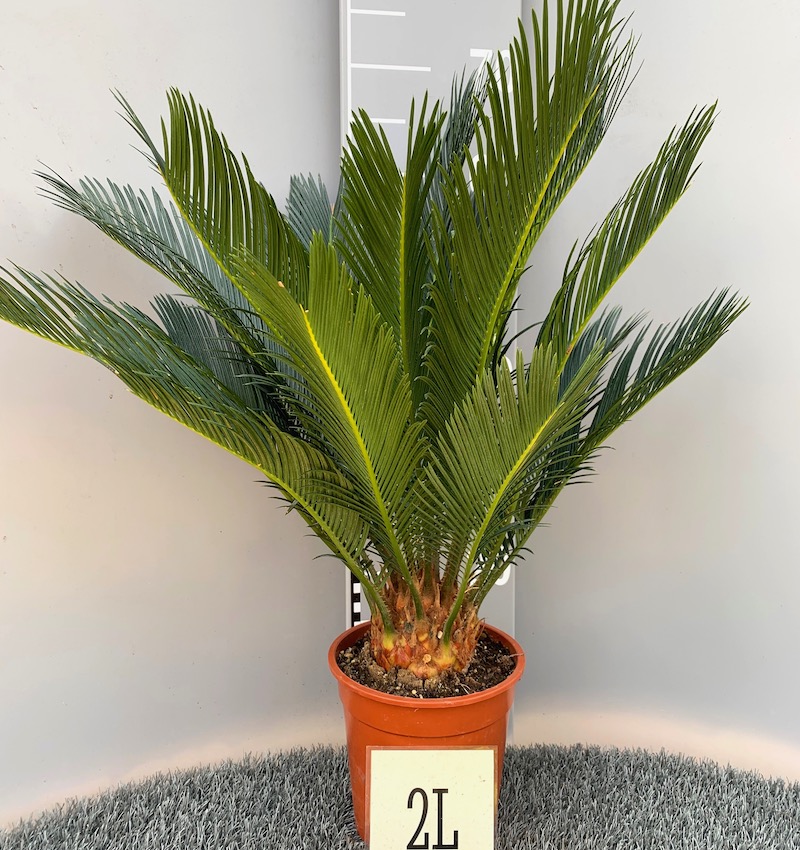
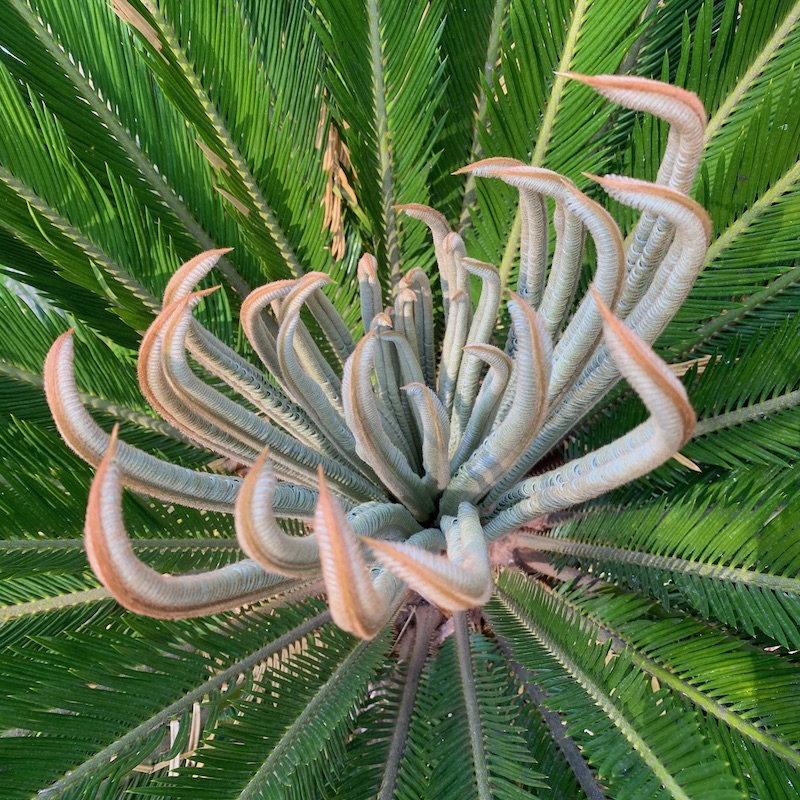
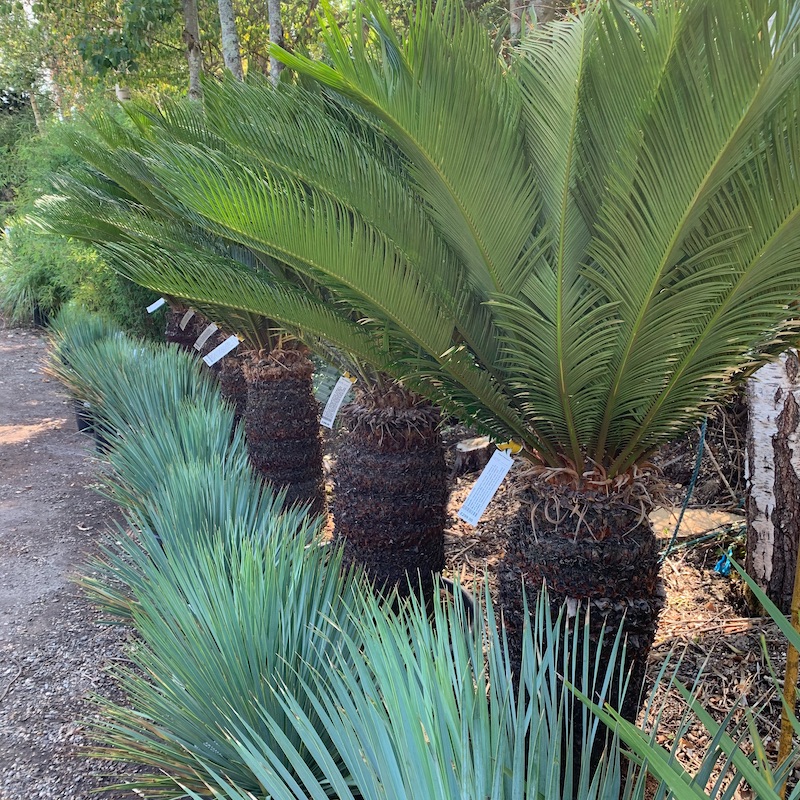
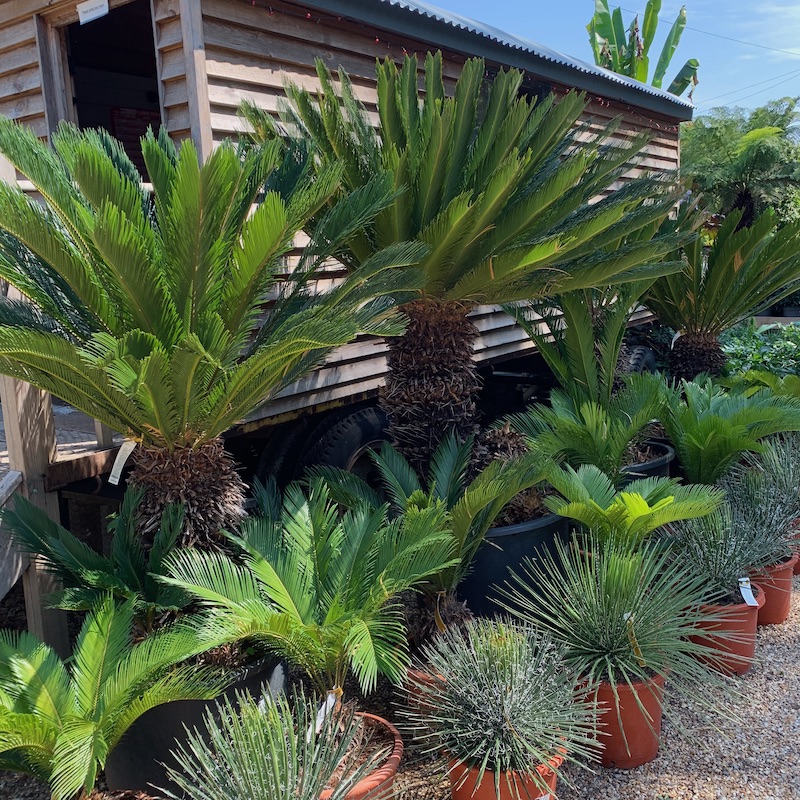
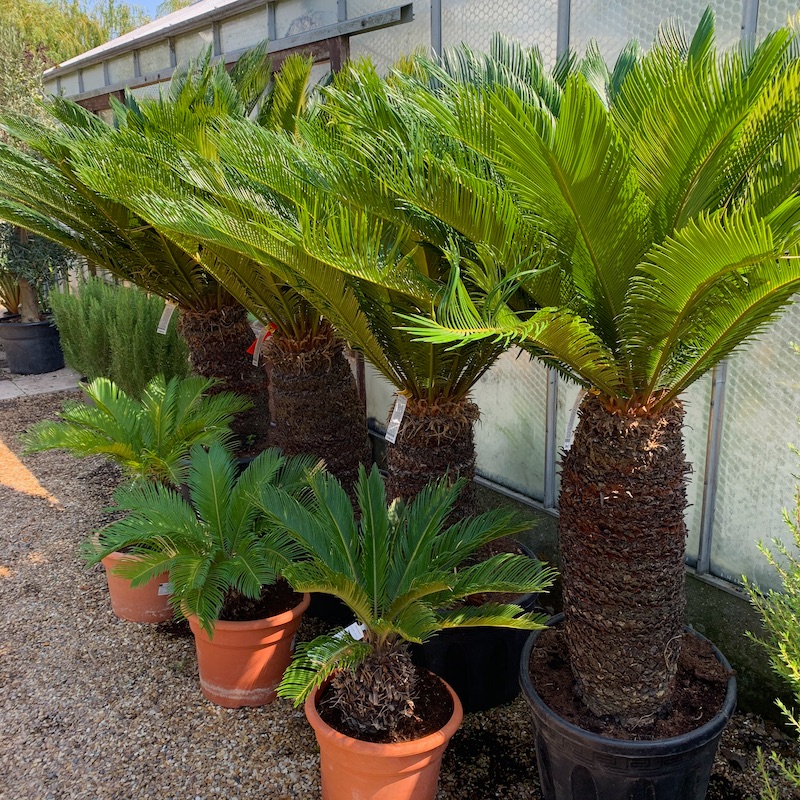
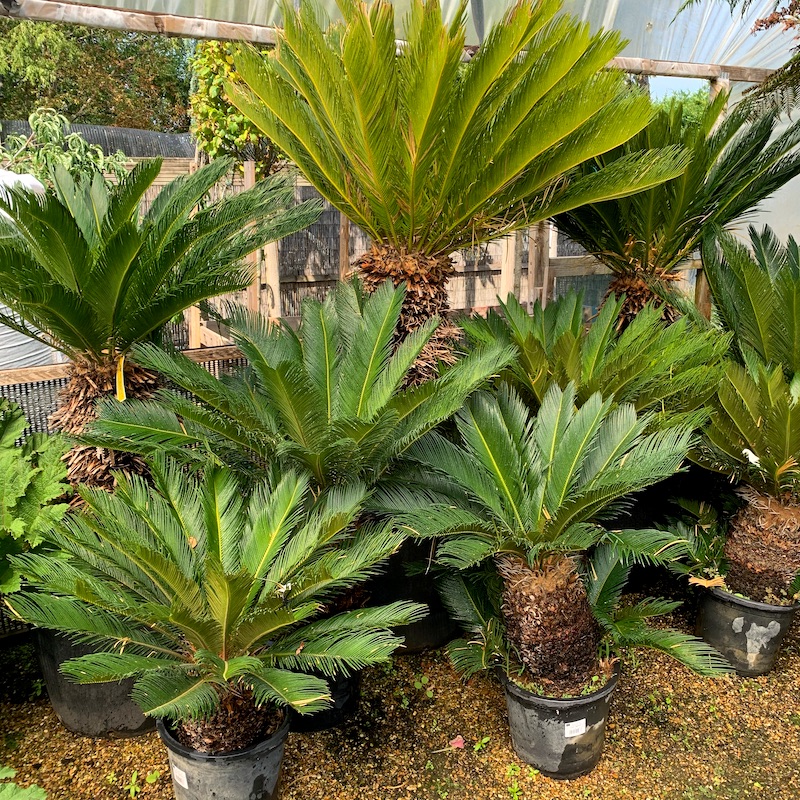

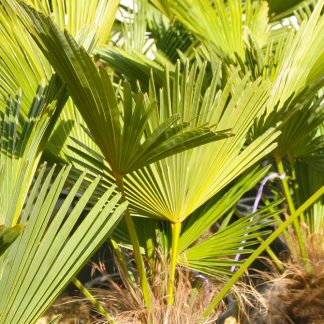
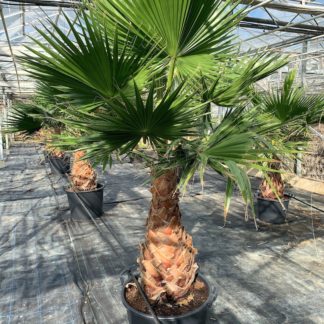
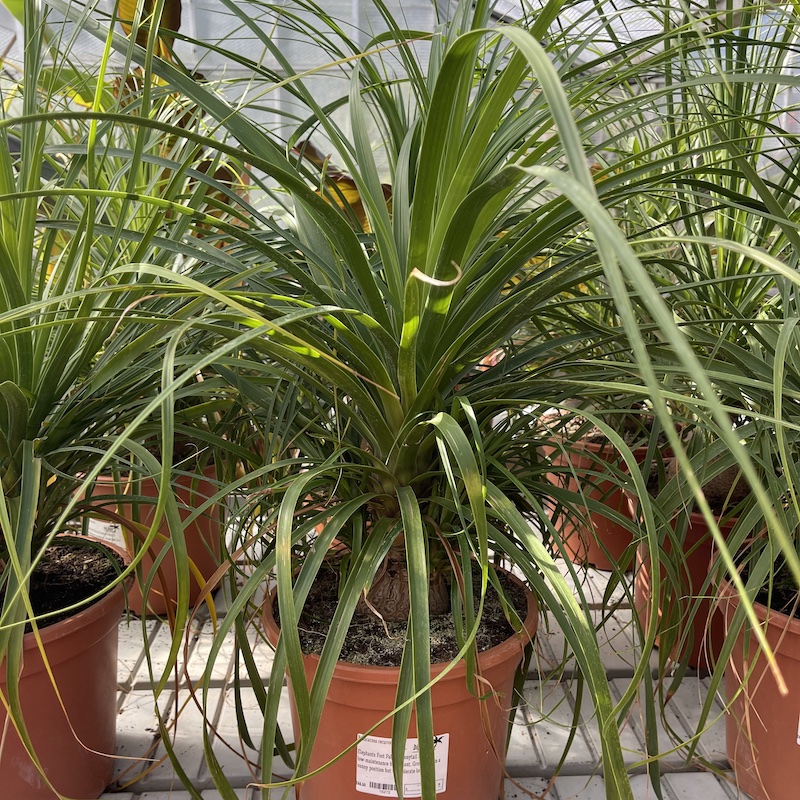
Laurence –
Just visited this nursery for the first time having not realised they were here, having lived close by for 20years, and bought a Japanese Sago Palm – it’s a beautiful specimen and very healthy. Could easily have spent ££££s on the bigger ones but car and garden space needs organising first.
Lyn Griffiths (verified owner) –
Beautiful healthy plant. Absolutely delighted with my purchase. Great price too!
Danny –
unbelievable value just shared on FB